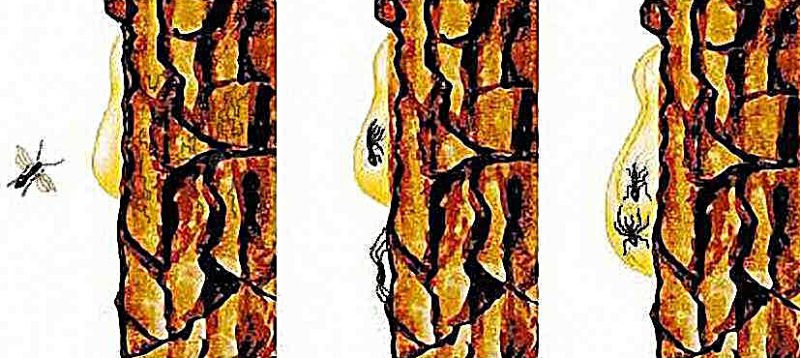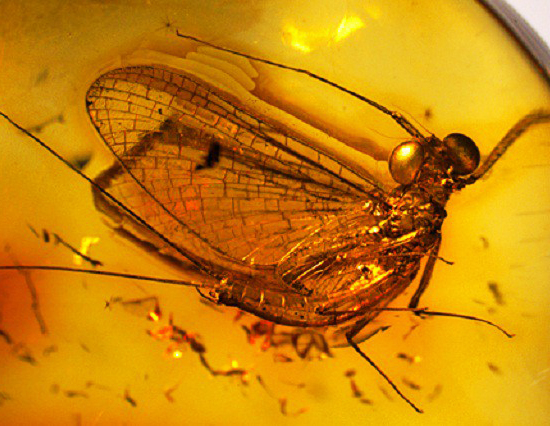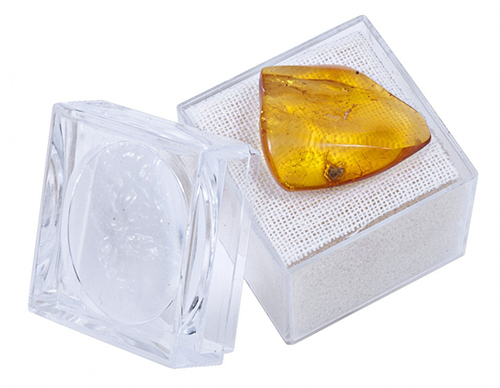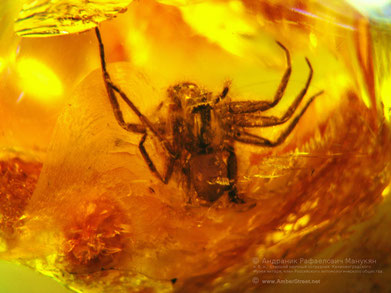|
|
Amber with inclusions
Small particles of plants and small remains of animals, which hundreds of thousands of years ago were prisoners of ancient resin, are called inclusions. The parts of various insects, representatives of the flora are considered the most common. It is very rare to see the remains of mammals and larger animals. Only 10% of amber stones have inclusions. Ancient resin and its unique crystal structure, and level of transparency, turn amber into a beautiful stone. Each amber product becomes exclusive and you can view such products on the ukrburshtyn.com website.

Frozen insects and sun stone
A small drop of resin, in order to turn into amber, had to, after solidification, be in water to dry completely and later decompose. Where did the amber come from, in which the insects hardened?

Small insects simply stuck to the viscous resin, they did not have the strength to get out. As time passed, new layers of resin hid the slave. Thus, the prisoner was perfectly preserved until today, scientists can conduct their research with perfectly preserved insects. These specimens allow paleontologists to study the structures of insects that are millions of years old. In numerous books and films, amber inclusions become the heroes of fantastic stories. Such stones are highly valued by jewelers, as amber stones are unique and exclusive.

Amber with inclusions
Small mammals also froze in the amber resin. Small frogs, miniature lizards, poisonous scorpions, perfectly preserved in resin, today began to represent a colossal value for scientists and collectors. It is difficult to imagine how such large animals were able to get bogged down in tar. Most likely, they were sick or injured after a fight with other animals. Such inclusions can be found very rarely in sunstone. In principle, they make up a tiny share of the world's amber production. Their value reaches many thousands of dollars. It is clear that not everyone is able to buy such a sunny pebble.

Most often, arthropods froze in amber resin. You can also find remains of plants, stems, moss, tree bark, etc. They also find mineral inclusions, such as pyrite, gas, and so on. Other particles are also of interest, for example, animal fur, hair, bird feathers.
From the above, it becomes clear that a small amber pebble, in which an insect or some part of a plant has frozen, will be valued at large sums. Amber, a stone that is quite expensive, and if it has unique inclusions, becomes a great value. Gems with inclusions can be divided into groups.
Amber with small air bubbles, which create original shades, is very common. Its cost is available to every buyer. A frozen part of a plant or animal will be valued much more, especially when the pieces of the plant create an original pattern. Multicolored stones in which several colors are mixed are very expensive. The most expensive are stones in which whole insects have frozen.
Of course, today, when high technologies are developed, any stone can be faked, even amber with an inclusion can be made. In this regard, online stores sell jewelry with stones in which you can see insects that resemble modern mosquitoes, midges, and so on. Such stones are not very expensive, which naturally raises suspicions. Before purchasing an exclusive gem, you must make sure that this amber stone containing inclusions is of natural origin.
|
|



